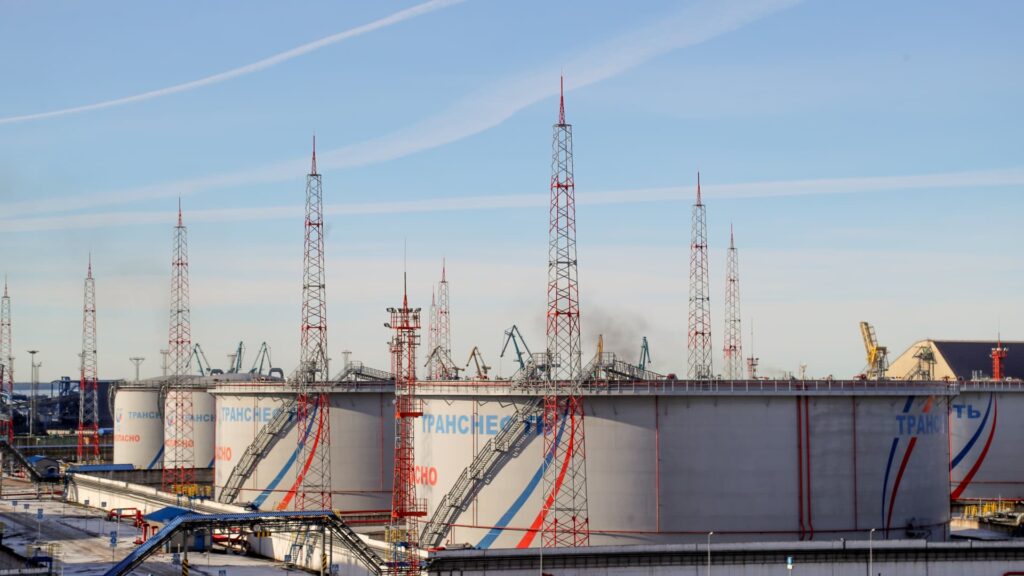Russia announced that it would cut oil production by 500,000 barrels per day in March after the West slapped price caps on Russian oil and oil products.
Picture Alliance | Picture Alliance | Getty Images
Bans and price caps targeting Russian oil are having the “intended effect” despite surprisingly resilient production and exports in recent months, according to Toril Bosoni from the International Energy Agency.
The European Union’s embargo on Russian oil products came into effect on Feb. 5, building on the $60 oil price cap implemented by the G-7 (Group of Seven) major economies on Dec. 5.
Bosoni, who’s head of the oil industry and markets division at the IEA, told CNBC on Wednesday that Russian oil production and exports had held up “much better than expected” in recent months. This is because Moscow has been able to reroute much of the crude that previously went to Europe to new markets in Asia.
China, India and Turkey in particular ramped up purchases to partially offset the 400,000-barrel-per-day fall in Russian crude exports to Europe in January, according to the IEA’s oil market report published Wednesday. Some Russian oil is also still making its way to Europe through the Druzhba pipeline and Bulgaria, both of which are exempt from EU embargo.
As such, Russian net oil output fell by only 160,000 barrels a day from pre-war levels in January, with 8.2 million barrels of oil shipped to markets worldwide, the IEA said. The agency added that G-7 price caps may also be helping to bolster Russian exports to some extent, as Moscow is forced to sell its Urals oil at a lower price to those countries complying with the caps, which potentially makes it more attractive than other sources of crude.
Despite Russia’s substantial export volumes, Bosoni argued that this did not mean the sanctions had failed.
“The price cap was put in place to allow for Russian oil to continue to flow to market, but at the same time reducing Russian revenues. Even though Russian production is…
Read the full article here





